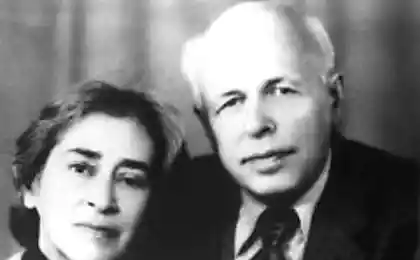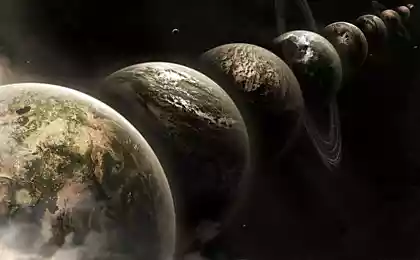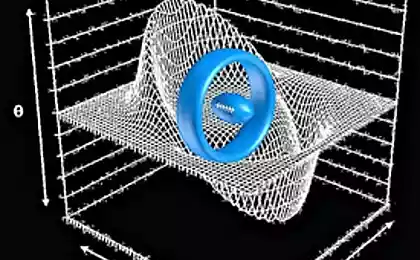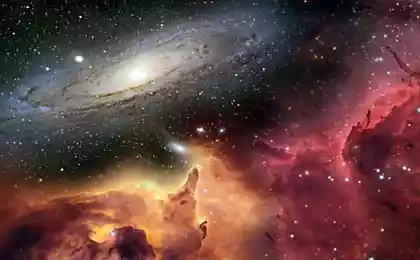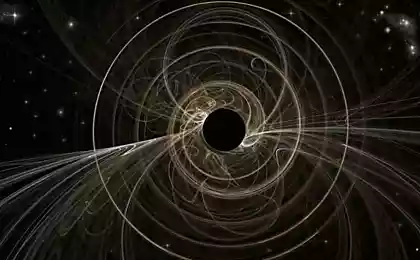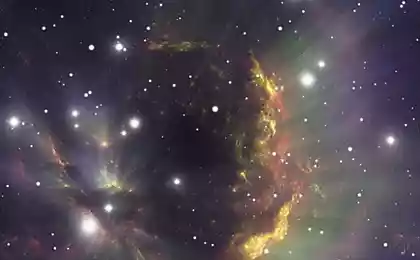1423
The device is capable to solve the biggest mysteries of the universe
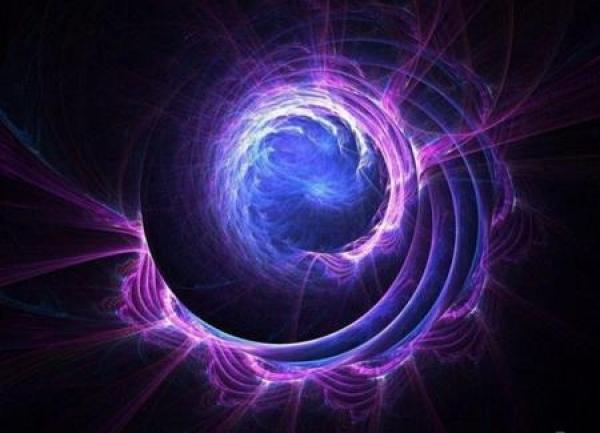
Alpha Magnetic Spectrometer (AMS) will be installed on the International Space Station, where it will measure at least 10 years. This will bring us closer to solving two of the most exciting mysteries of modern physics. The goal is to find a space particles of antimatter and dark energy - a phenomenon that still remain elusive - the press service of the European Organization for Nuclear Research (CERN), in the laboratory that created the device.
In the design and assembly of AMS participated 600 physicists from 56 institutions from 16 countries. It all began in 1999 on the initiative of the Nobel Prize in Physics 1976 American Sam Ting.
One of the tasks of AMS try to detect atoms in space antihelium - the equivalent of the famous helium gas, but consisting of antimatter. This applies to test the theory that the universe may contain high concentrations of antimatter, which the world virtually none.
The researchers believe that the presence of near-Earth antihelium individual atoms can attest to the fact that in remote areas of the universe of antimatter can be more than ordinary matter, which means that the total sum of these two kinds of matter in the universe would be equal.
According to the official site of the project, the instrument for the study of cosmic rays works with such precision that detect atoms antihelium, even if only one such atom will be among the 10 billion other particles.
The second problem, which is designed to help solve the detector, the so-called dark matter mystery. While it is known that this unknown form of matter in space. Astronomers Studies have shown that in locations remote from the earth have accumulations of matter, which has a large weight, but is invisible because nevydelyaet light. Because do not recognize any known space objects, this is the name specified for dark matter. Physicists admit that it develops from unknown to date parts. It is known that dark matter in the universe is several times larger than "normal", visible matter. At dark matter and so-called dark energy (which is also unknown) represent about 95% of the mass of the universe.
According to the official website of the research project, AMS detector with ISS will not return. There he will run continuously until the station will continue to exist. Detector weighing 8 pounds and 5,000 cubic meters of 64 will collect data at a rate of about 7 Gigabits per second. After initial processing, this value will be reduced to 2 megabits per second, which will be sent to the space center in the United States, Houston, Texas, and is then transmitted to researchers at the European Organization for Nuclear Research as a material for analysis. There you will also be remote from which scientists can control some functions of AMS.
The total cost of the project is estimated at about 1, 5 billion dollars. Due to its privileged position in orbit, AMS will be better able than on Earth, to examine the issues related to antimatter, dark matter and the sources of cosmic rays. "However, there is a chance to see something unusual and incredible, as always, when we reach a new level of accuracy of the observations in the unexplored region - said a spokesman for the project, the Nobel laureate Samuel Ting.
According to Director General of CERN, Rolf Heuer, is an exciting moment for science in general. - We expect interesting data that can complement each other with the test results obtained on a large adroonnom Collider. Both of these devices are exploring similar issues, but look at them from different angles, which allows us to study the different ways in parallel mysteries of the universe, - said Hoyer.
Space agency NASA has published on its website a unique photos
SPACEX take humans to Mars in 10-20 years


